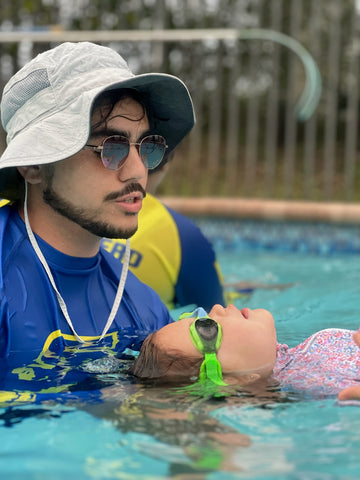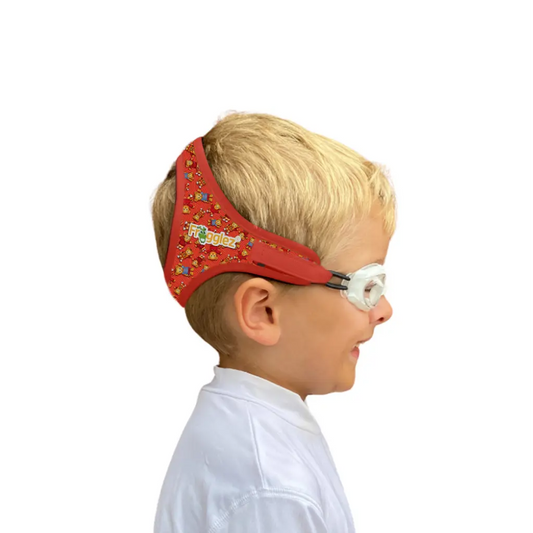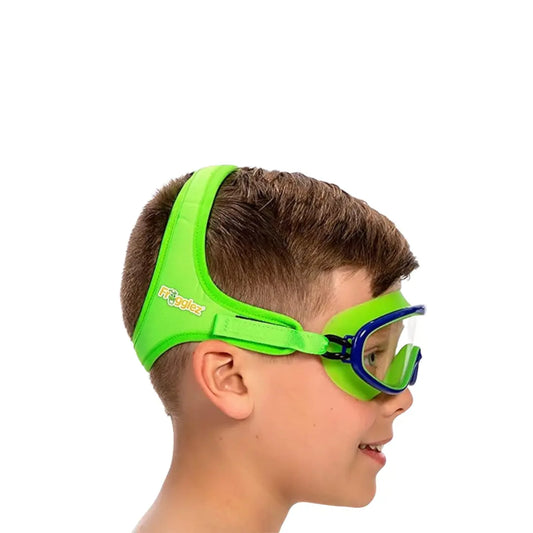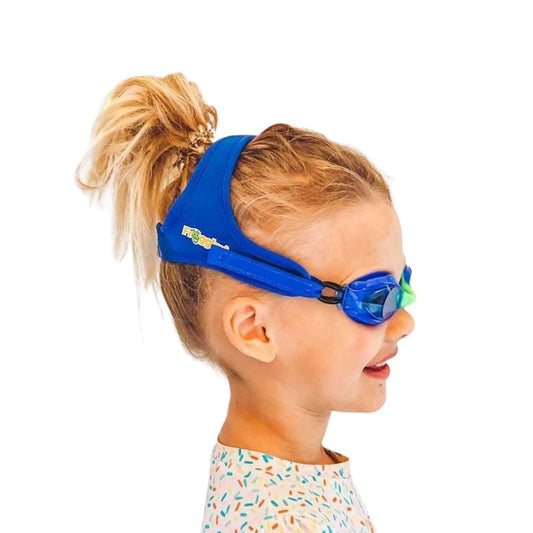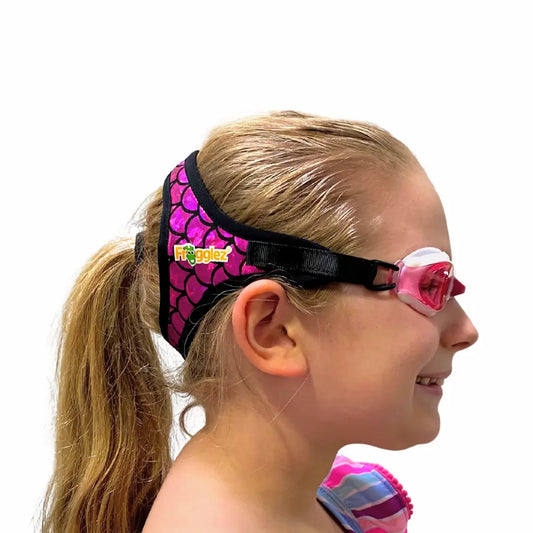Young children have the highest drowning rate in the world. For every child who drowns, five more receive emergency care for injuries related to time underwater. There is hope, though. Experts say that most of the deaths and injuries are preventable with preparation and training. Keep your family safe with these tips.
Make sure everyone in your family takes swim lessons
Swimming is the only sport that can save your life. The CDC says that formal swimming lessons lower the risk of drowning by 88%, yet many people don’t have basic swimming skills, and it’s not taught in public schools. Comfortable goggles that don’t slip or leak can lower the anxiety sometimes associated with learning to swim.
All children should learn basic swimming, water safety, and safe rescue skills. Even after successful completion of swim lessons, never leave a swimmer in the water unattended. Swimmers should always have a buddy and never swim alone. Even strong swimmers can drown if unconscious or hurt.
Advanced training for school-age children should include an understanding of beach warning flags as well as how to spot and free oneself from rip currents when visiting the shore.
Always supervise swimmers and stay within arm’s reach
Water can lure even the most obedient small children, so designate a responsible adult at all times even if lifeguards are present. Do not leave children playing near water unattended for even a few seconds. Drowning is quiet; it typically occurs without splashing or requests for help and occurs in less than a minute. All parents should learn to recognize the delayed movements that indicate imminent drowning.
Stay within arm’s reach of preschoolers playing near water. Have an adult test the depth of a pool before allowing small swimmers to enter, even if the depth is clearly marked. Pool depth markings can vary a few inches according to the water level.
Never swim alone, even accomplished swimmers should always swim with a buddy!

Get First Aid and CPR Certified
It’s best to avoid accidents because any injury can cause even strong swimmers to drown, but you can’t plan for every situation. In an emergency, every second counts, so parents should pursue comprehensive first aid training.
First aid training helps you prevent, assess, and respond to any type of crisis, which leaves time for emergency medical providers to arrive. Training usually includes choking, bleeding, poison ingestion, and treating anyone unconscious, unresponsive, or not breathing.
Prepare for natural disasters
You can’t predict natural disasters, but you can prepare for flooding during weather events. Drowning accounts for 75% of deaths in flood disasters. As climate change progresses, expect unpredictable weather patterns to produce more floods. Parents who live near bodies of water that might flood like ditches, ponds, irrigation channels, or rivers should keep US Coast Guard approved life jackets and other water safety equipment on hand.
Limit access to water and educate on the risks
There are more than 360,000 drowning deaths worldwide each year. Lower the risk of your family being involved by controlling unsupervised access to all water hazards like well openings and backyard pools. Avoid alcohol around water, never swim unattended, and enforce the use of life jackets on boats.
